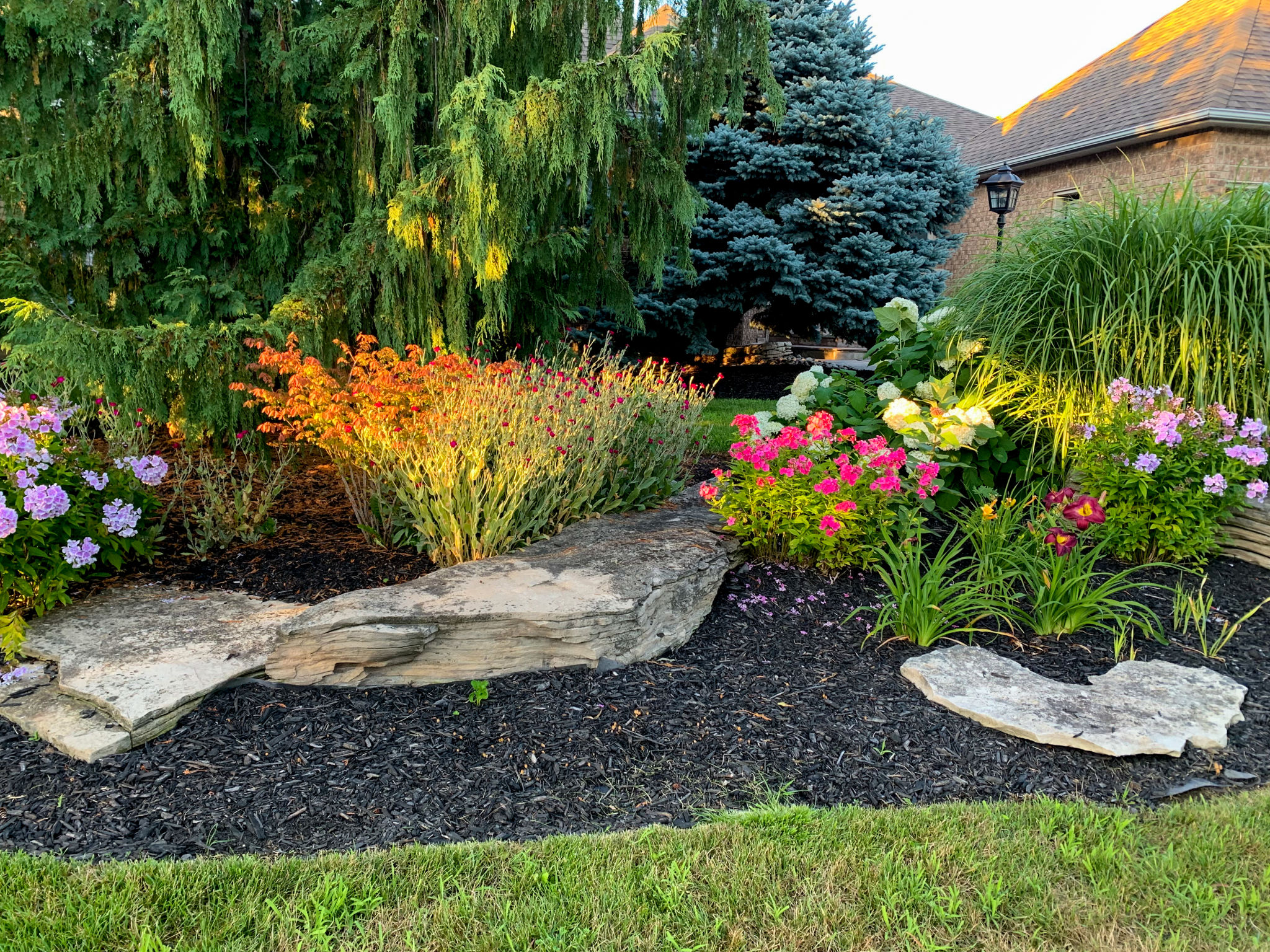How to Prepare Your Commercial Landscape for Seasonal Changes
Understanding Seasonal Needs
Commercial landscapes require different care and maintenance throughout the year. As the seasons change, so do the needs of your landscape. Understanding these requirements ensures that your commercial property remains attractive, safe, and functional all year round. Whether you manage a retail center, an office park, or a large industrial facility, preparing your landscape for seasonal changes is essential.
The key to successful seasonal preparation is proactive planning. By anticipating changes in weather and plant requirements, you can make informed decisions that will benefit your landscape in the long run. This approach not only preserves the aesthetic appeal of your property but also minimizes long-term costs.

Spring: A Time for Renewal
As winter fades away, spring offers an opportunity to rejuvenate your landscape. Begin by conducting a thorough assessment of the damage caused by winter weather. Look for broken branches, dead plants, and other issues that require immediate attention.
Once the assessment is complete, focus on cleaning up debris such as fallen leaves and branches. This not only improves the appearance of your landscape but also prepares the soil for new growth. Consider fertilizing your plants to give them a healthy start and ensure robust growth throughout the season.
Planting New Additions
Spring is an excellent time to introduce new plants to your commercial landscape. Choose varieties that are well-suited to your region's climate and soil conditions. Incorporating native plants can reduce maintenance needs while supporting local ecosystems.

Summer: Maintaining Vibrancy
Summer brings warmth and extended sunlight, making it crucial to maintain adequate watering schedules. Irrigation systems should be checked for efficiency and repaired if necessary. Implementing mulch can help retain soil moisture and suppress weed growth.
Regular mowing and trimming are essential for maintaining a neat appearance. Adjust mower blades to a higher setting during hot periods to prevent stress on the grass. Summer is also a time to monitor for pests and diseases, as they can quickly spread in warm conditions.
Caring for Trees and Shrubs
Trees and shrubs require special attention during hot months. Inspect them regularly for signs of stress, such as wilting or discolored leaves. Proper pruning techniques can help promote healthy growth and prevent issues like branches overcrowding each other.

Fall: Preparing for Dormancy
As temperatures drop, it's time to prepare your landscape for the dormant winter months. Begin by raking leaves and removing debris to prevent mold and fungus growth. Fall is also an excellent time for aerating the soil, which improves water absorption and root development.
Consider applying a slow-release fertilizer to provide essential nutrients before plants go dormant. This will support root health throughout winter and ensure a strong start in spring.
Winterizing Your Landscape
Winterizing involves protecting vulnerable plants from harsh weather conditions. Mulching around the base of trees and shrubs can provide insulation against freezing temperatures. Ensure irrigation systems are drained to prevent damage from ice expansion.

By following these seasonal preparation tips, you can ensure that your commercial landscape remains healthy and vibrant throughout the year. Regular maintenance not only enhances the visual appeal of your property but also contributes to a welcoming environment for clients and employees alike.
